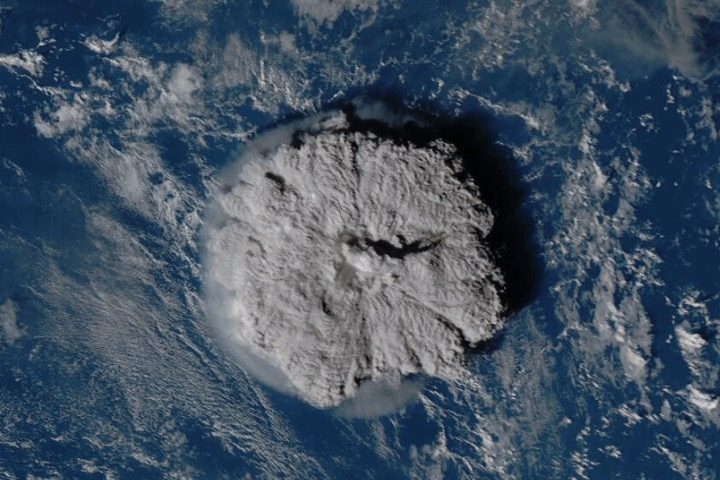
There’s no denying that we’re enduring a heat wave this summer. The eco-alarmists want us to blame our discomfort on one chemical compound that is vital to life on Earth — carbon dioxide.
CO2 is regularly demonized as a “greenhouse gas,” and increasing atmospheric concentrations of it are reputedly taking us down a doomsday path toward oblivion.
Al Gore warned us about this in his 2006 Oscar-winning propaganda piece, “An Inconvenient Truth.” You can hear what he said in the video below, and remember that schoolchildren at the time were forced to endure his scaremongering about supposedly human-caused increases in atmospheric carbon dioxide.
Pointing to a supposed jaw-dropping spike in CO2 on a huge graphic displayed on stage, Gore says: “It’s already right here. Look how far above the natural cycle this is. And we’ve done that. But ladies and gentlemen, in the next 50 years — really in less than 50 years — it’s going to continue to go up. When some of these children who are here are my age, here’s what it’s gonna be in less than 50 years.” (The spike rises precipitously.) “You’ve heard of off the charts. Within less than 50 years it will be here.”
What Gore forgot to mention is that all those thousands of years of geological data indicate that increases in carbon dioxide throughout history follow — rather than lead — increases in temperature. Here is Greenpeace co-founder Patrick Moore, explaining the scientific findings at a Global Warming Policy Foundation conference (see 19:05 – 20:37 for specific discussion):
As for the greenhouse effect, which is also vital to life on Earth, scientists have known for years that there is a far more powerful and more prevalent greenhouse gas than carbon dioxide. It’s called “water vapor.”
Internationally renowned scientist and author Jay Lehr spoke at a recent Heartland Institute conference explaining the makeup of our atmosphere.
This one is a little different. This has 10,000 dots, each one representing greenhouse gases. The green dots are all water vapor. The yellow is methane, the black is carbon dioxide. But the twelve dots in the bottom right corner are all of the carbon dioxide greenhouse gas that we contribute. In the next slide, it shows 10,000 dots representing all the gases in the atmosphere. You all learned in high school that 7,800 of those dots are nitrogen, 2,100 are oxygen, 93 are argon. Four dots — four thousandths of the atmosphere — 400 parts per million is carbon dioxide. And only one of those dots is what we contribute. How is it conceivably possible that this tiny amount of a gas can control the thermostat of our planet? It can’t.
While alarmists warn that humans are, in fact, contributing dangerous amounts of CO2 to this mix, and blame mankind for summer’s hot temperatures, the U.S. National Aeronautics and Space Administration (NASA) has another explanation: a little-publicized but massive underwater volcanic eruption that took place in the South Pacific last year. It hurled a “huge amount of water vapor” into the atmosphere and “could end up temporarily warming Earth’s surface,” NASA cautioned.
Researchers at the time described the amount of water injected into the stratosphere — which hovers between 8 and 33 miles above Earth’s surface — as an unprecedented 10 percent of water already present in that atmospheric layer.
Follow-up research published more recently increased that estimate to 13 percent. The European Space Agency called the eruption “among the most remarkable natural events in the modern observation era.”
NASA’s Jet Propulsion Laboratory reports that “the excess water vapor injected by the Tonga volcano would remain in the stratosphere for several years,” causing a temporary warming effect that will “dissipate when the extra water vapor cycles out of the stratosphere.”
Attorney and author Jeff Childers, musing on his Coffee & Covid blog, responded: “Here’s why corporate media is ignoring the most dramatic climate event in modern history: because you can’t legislate underwater volcanoes.”
Writing for American Thinker, Thomas Lifson added: “Before we impoverish ourselves trying to reduce CO2 emissions (while watching China dramatically increase them), let’s practice real science and not jump to conclusions based on an imaginary ‘consensus.'”
Related article:




